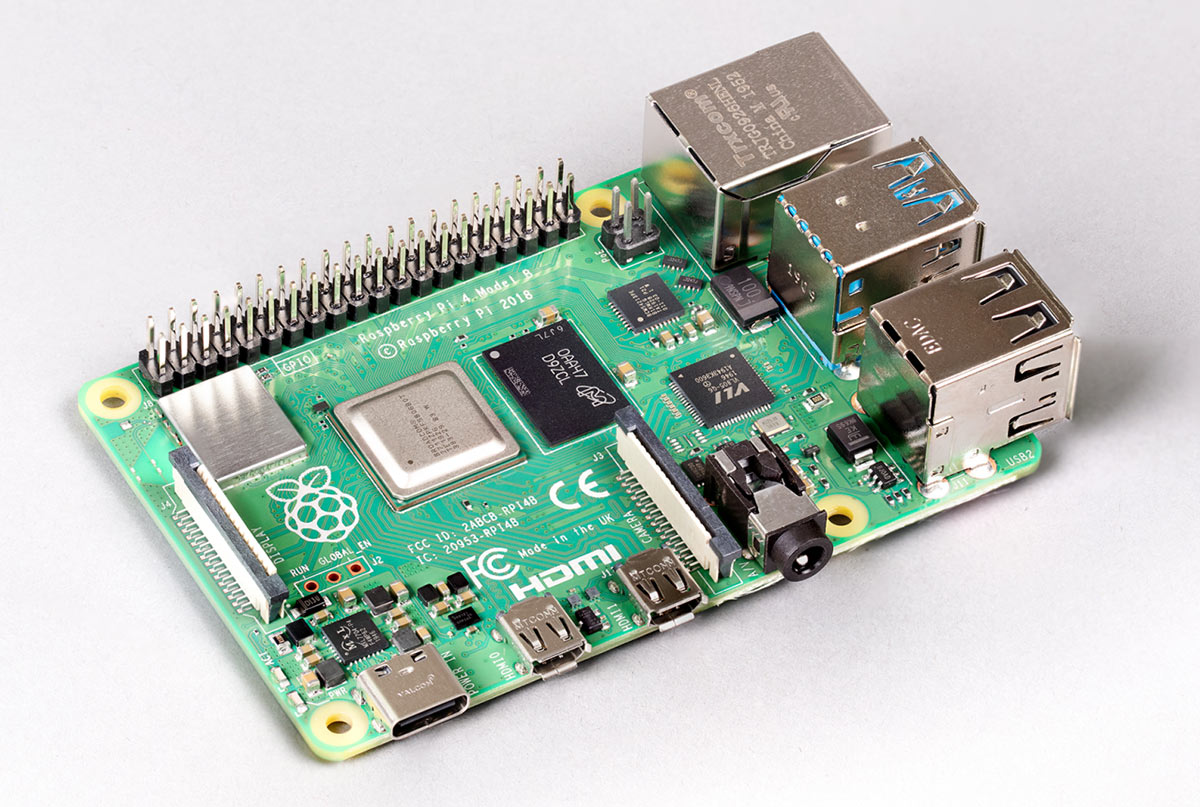Estimated reading time: 4 minutes. We are excited that you want to learn Docker. This page contains step-by-step instructions on how to get started with Docker. In this tutorial, you’ll learn how to: Build and run an image as a container; Share images using Docker Hub; Deploy Docker applications using multiple containers with a database. Hashes for docker-4.4.4-py2.py3-none-any.whl; Algorithm Hash digest; SHA256: f3607d5695be025fa405a12aca2e5df702a57db63790c73b927eb6a94aac60af: Copy MD5.
- Run Docker On Raspberry Pi 4
- Docker On Raspberry Pi 4
- Docker Raspberry Pi 4 Image
- Docker On Raspberry Pi 4
- Docker On Raspberry Pi 4 Ubuntu
Estimated reading time: 5 minutes

Docker images can support multiple architectures, which means that a singleimage may contain variants for different architectures, and sometimes for differentoperating systems, such as Windows.
When running an image with multi-architecture support, docker willautomatically select an image variant which matches your OS and architecture.

Most of the official images on Docker Hub provide a variety of architectures.For example, the busybox image supports amd64, arm32v5, arm32v6,arm32v7, arm64v8, i386, ppc64le, and s390x. When running this imageon an x86_64 / amd64 machine, the x86_64 variant will be pulled and run.
Docker Desktop provides binfmt_misc multi-architecture support,which means you can run containers for different Linux architecturessuch as arm, mips, ppc64le, and even s390x.
Run Docker On Raspberry Pi 4
This does not require any special configuration in the container itself as it usesqemu-static from the Docker forMac VM. Because of this, you can run an ARM container, like the arm32v7 or ppc64levariants of the busybox image.
Buildx (Experimental)
Docker is now making it easier than ever to develop containers on, and for Arm servers and devices. Using the standard Docker tooling and processes, you can start to build, push, pull, and run images seamlessly on different compute architectures. Note that you don’t have to make any changes to Dockerfiles or source code to start building for Arm.
Docker introduces a new CLI command called buildx. You can use the buildx command on Docker Desktop for Mac and Windows to build multi-arch images, link them together with a manifest file, and push them all to a registry using a single command. With the included emulation, you can transparently build more than just native images. Buildx accomplishes this by adding new builder instances based on BuildKit, and leveraging Docker Desktop’s technology stack to run non-native binaries.
For more information about the Buildx CLI command, see Buildx.
Install
Download the latest version of Docker Desktop.
Follow the on-screen instructions to complete the installation process. After you have successfully installed Docker Desktop, you will see the Docker icon in your task tray.
Click About Docker Desktop from the Docker menu and ensure you have installed Docker Desktop version 2.0.4.0 (33772) or higher.
Build and run multi-architecture images
Run the command docker buildx ls to list the existing builders. This displays the default builder, which is our old builder.
Create a new builder which gives access to the new multi-architecture features.
Alternatively, run docker buildx create --name mybuilder --use to create a new builder and switch to it using a single command.
Switch to the new builder and inspect it.

Test the workflow to ensure you can build, push, and run multi-architecture images. Create a simple example Dockerfile, build a couple of image variants, and push them to Docker Hub.
Docker On Raspberry Pi 4
Where, username is a valid Docker username.
Notes:
Docker Raspberry Pi 4 Image
- The
--platformflag informs buildx to generate Linux images for AMD 64-bit, Arm 64-bit, and Armv7 architectures. - The
--pushflag generates a multi-arch manifest and pushes all the images to Docker Hub.
Inspect the image using imagetools.
The image is now available on Docker Hub with the tag username/demo:latest. You can use this image to run a container on Intel laptops, Amazon EC2 A1 instances, Raspberry Pis, and on other architectures. Docker pulls the correct image for the current architecture, so Raspberry Pis run the 32-bit Arm version and EC2 A1 instances run 64-bit Arm. The SHA tags identify a fully qualified image variant. You can also run images targeted for a different architecture on Docker Desktop.
You can run the images using the SHA tag, and verify the architecture. For example, when you run the following on a macOS:
Docker On Raspberry Pi 4
In the above example, uname -m returns aarch64 and armv7l as expected, even when running the commands on a native macOS developer machine.
Docker On Raspberry Pi 4 Ubuntu
mac, Multi-CPU architecture support